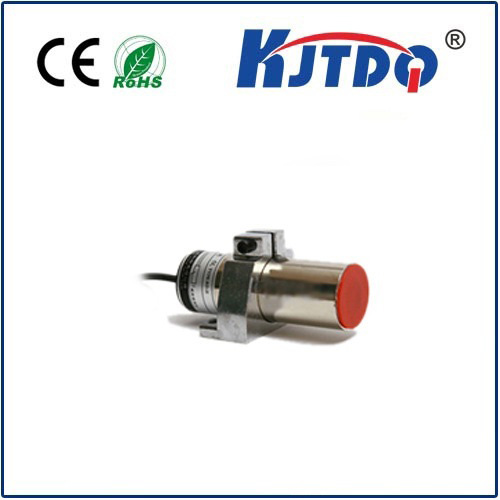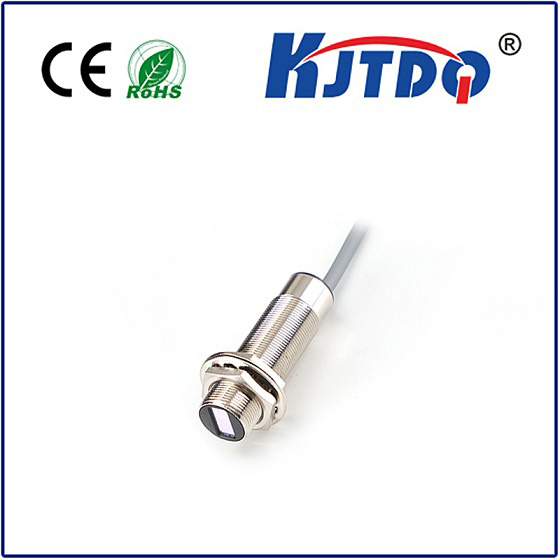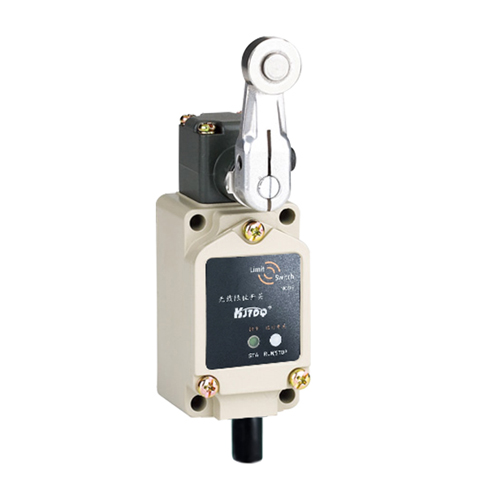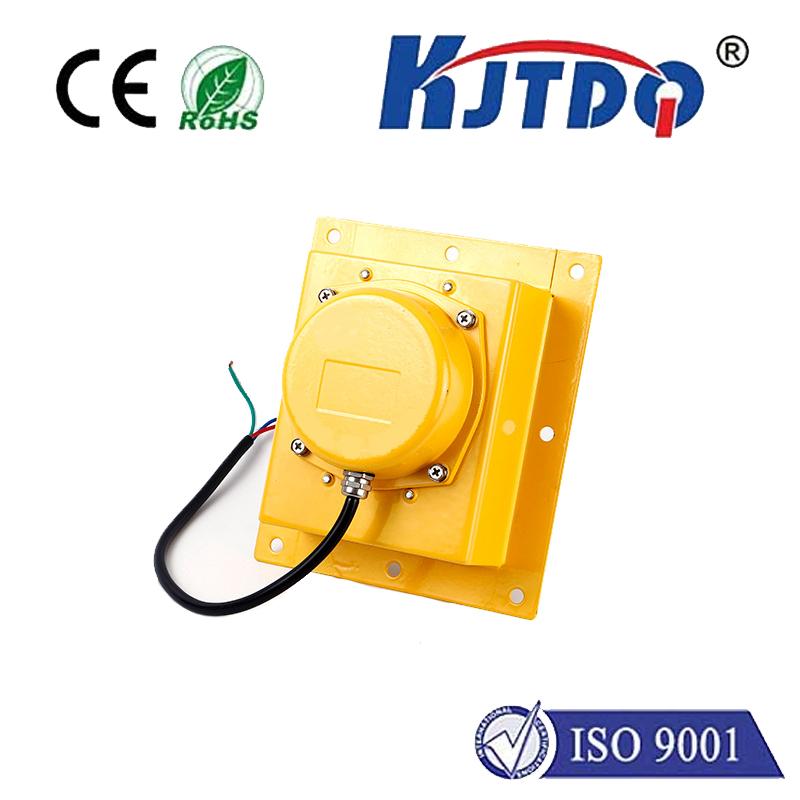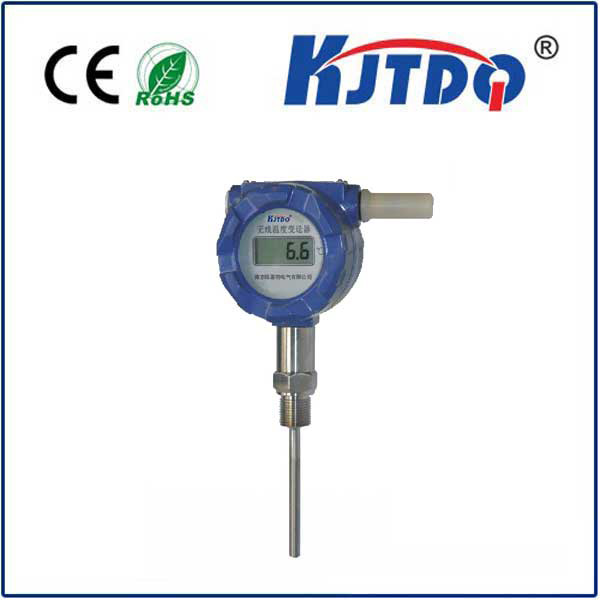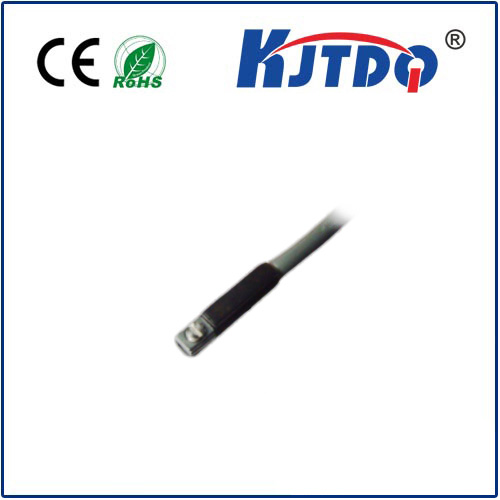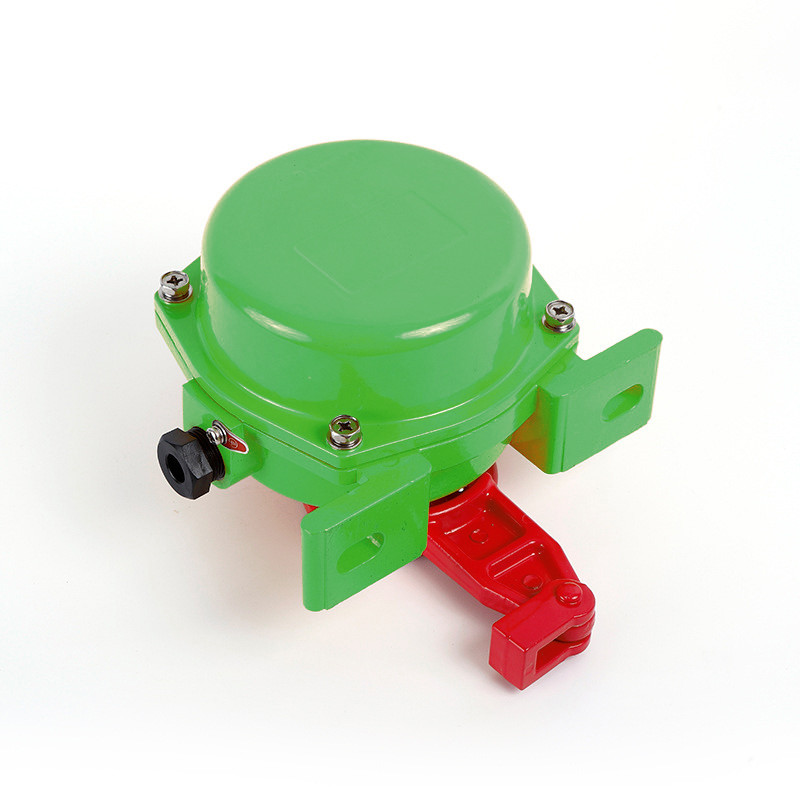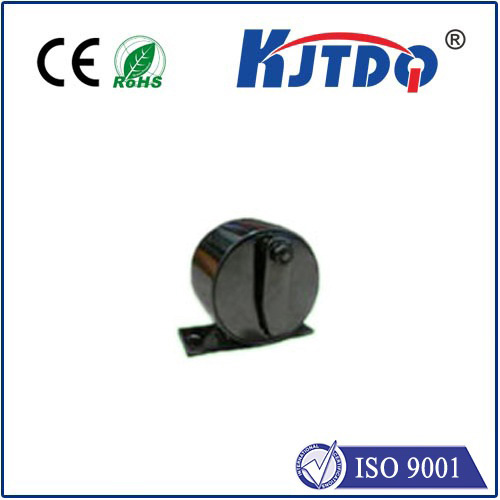

check

check

check

check

check

check

check

check

check

check
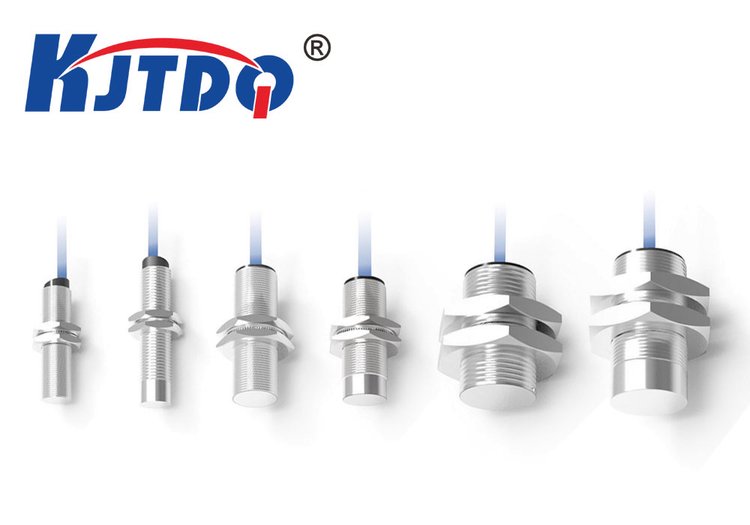
Hall switch proximity sensor is a common electronic component that can detect changes in magnetic fields to detect the proximity of objects. This article will introduce in detail the principles, applications, advantages and disadvantages of Hall switch proximity sensors.
1. Principle
Hall switch proximity sensor uses the Hall effect to work. The Hall effect means that when a current passes through a conductor, if the conductor is in a magnetic field, a certain potential difference will be generated on both sides of the conductor. This potential difference is the Hall voltage, and the conductor that generates this potential difference is the Hall element. Hall elements are usually made of semiconductor materials and have the characteristics of high sensitivity and fast response.
Hall switch proximity sensor usually consists of Hall element, magnet and circuit. When a magnet is close to the Hall element, the magnetic field changes the resistance of the Hall element, causing the current in the circuit to change. By detecting the current changes in the circuit, the proximity detection of objects can be achieved.
2. Application
Hall switch proximity sensors are widely used in industrial automation, robots, automotive electronics, home appliances and other fields. Specific applications include the following aspects:
Proximity detection: Hall switch proximity sensor can detect the proximity of objects to achieve automatic control. For example, a device can be automatically turned on or off when an object approaches a sensor.
Position detection: Hall switch proximity sensor can detect the position of an object to achieve position control. For example, it can be used to detect the motion status of a robot to achieve precise control.
Speed detection: Hall switch proximity sensor can detect the speed of objects to achieve speed control. For example, it can be used to detect the speed of a motor to achieve precise control.
3. Advantages and Disadvantages
Hall switch proximity sensor has the following advantages:
High sensitivity: Hall elements have high sensitivity and can detect small changes in magnetic fields.
Fast response: The Hall element has a very fast response speed and can achieve fast control.
Long service life: Since the Hall element is made of semiconductor material, it has a long service life.
However, Hall switch proximity sensors also have some disadvantages:
Interference by magnetic fields: Hall elements are greatly interfered by external magnetic fields, which may lead to false detections.
Higher price: The manufacturing cost of Hall elements is relatively high, so the price of Hall switch proximity sensors is also relatively high.
4. Summary
Hall switch proximity sensor is an electronic component that uses the Hall effect to detect the proximity of objects. It has the advantages of high sensitivity, fast response, and long life, but it also has the disadvantages of being affected by magnetic field interference and higher price. It is widely used in industrial automation, robots, automotive electronics, home appliances and other fields.

